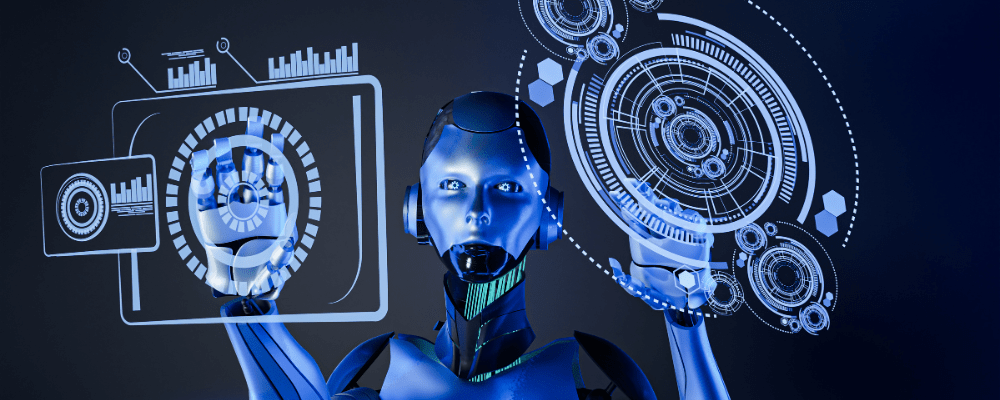In the rapidly evolving landscape of technology, Robotic Process Automation (RPA) has emerged as a transformative force, streamlining operations, increasing efficiency, and revolutionizing workflows across industries. In this blog, we will delve deep into the intricacies of RPA, specifically catering to our tech-savvy audience and ensuring that we meticulously address every aspect of the topic. From its fundamentals to advanced applications, we’ve got you covered.
Understanding Robotic Process Automation (RPA)
At its core, Robotic Process Automation RPA is an innovative technology that employs software robots or “bots” to automate repetitive, rule-based tasks within a business process. These bots mimic human interactions with digital systems, applications, and data, executing tasks with remarkable precision and speed.
The Technical Underpinnings of RPA
RPA Architecture: The architecture of an RPA system consists of three primary components:
- Bot Runner: This is where the bots execute tasks. They run on designated machines and interact with various software applications.
- Control Room: The control room serves as the command center for managing, monitoring, and orchestrating bot activities. It also stores process definitions.
- Development Studio: The development studio creates, configures, and tests automation workflows or “bots.”
Key Technical Features of RPA
- User Interface (UI) Automation: Robotic Process Automation RPA bots can interact with user interfaces like humans, making them versatile for various applications.
- Data Handling: RPA is proficient at collecting, processing, and inputting data across multiple systems with minimal errors.
- Integration: Seamless integration with existing IT infrastructure is a hallmark of Robotic Process Automation RPA, ensuring compatibility with various software applications.
- Scalability: RPA solutions can be scaled quickly to accommodate changing business needs.
Below are the advantages and disadvantages of Robotic Process Automation (RPA):
Advantages of RPA:
- Enhanced Efficiency:
RPA bots can perform tasks 24/7 without breaks, significantly increasing operational efficiency by automating repetitive and time-consuming processes. One of the primary advantages of RPA is its ability to enhance operational efficiency significantly. By automating mundane, repetitive tasks, it frees up human resources to focus on more value-added activities. - Accuracy and Error Reduction:
RPA bots execute tasks highly, reducing the chances of human errors that can be costly and time-consuming to rectify. RPA bots perform tasks with unparalleled accuracy, minimizing the risk of errors that can lead to expensive mistakes in critical processes - Cost Savings:
By automating manual tasks, RPA reduces labor costs and the need for human intervention, resulting in substantial cost savings over time. RPA reduces operational costs by decreasing the time and effort required to perform tasks, leading to considerable cost savings over time. - Quick Implementation:
Organizations can implement RPA solutions relatively quickly, allowing them to realize benefits rapidly without making extensive IT infrastructure changes. - Scalability:
Robotic Process Automation RPA is highly scalable, enabling organizations to expand automation efforts to accommodate growing workloads. - Improved Compliance:
Robotic Process Automation RPA ensures consistent adherence to rules and regulations, reducing compliance risks associated with human error. - Enhanced Customer Service:
RPA can streamline customer service processes, such as responding to inquiries or processing orders, improving customer satisfaction. - Data Accuracy and Integration:
RPA can accurately gather and input data across various systems, facilitating better data integration and decision-making. - Increased Productivity:
With automated routine tasks, employees can focus on higher-value activities, increasing productivity. - Competitive Advantage:
Organizations that adopt Robotic Process Automation RPA early gain a competitive edge by leveraging technology to streamline operations and improve agility.



